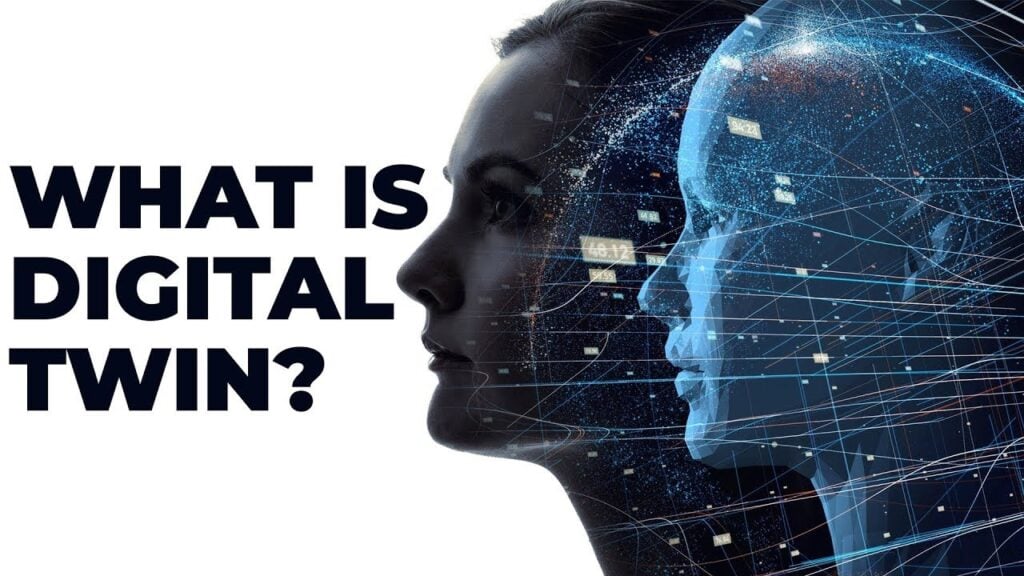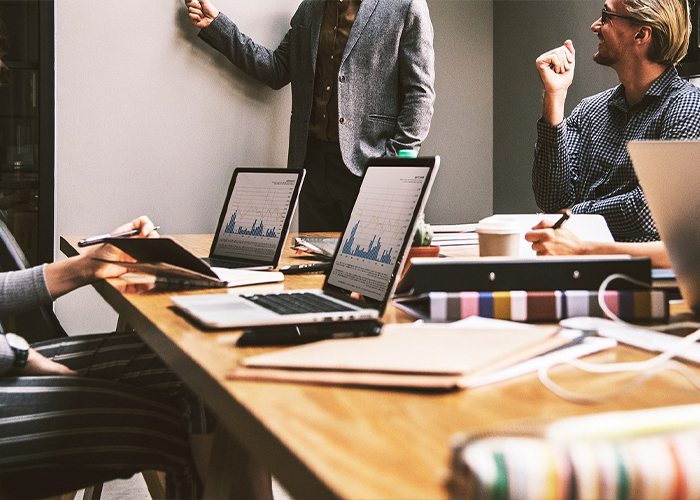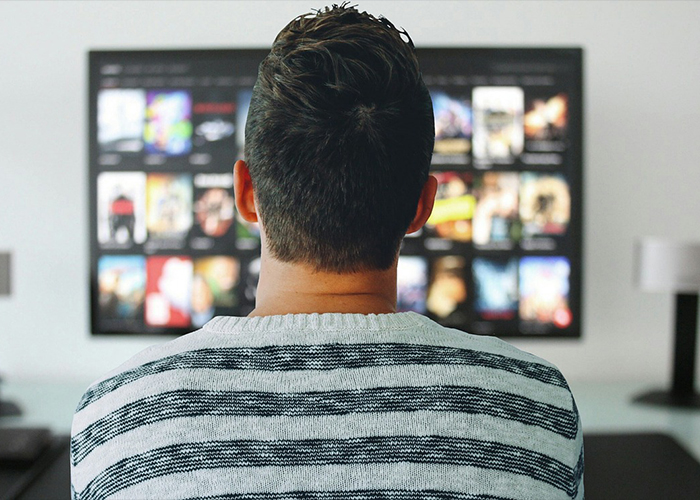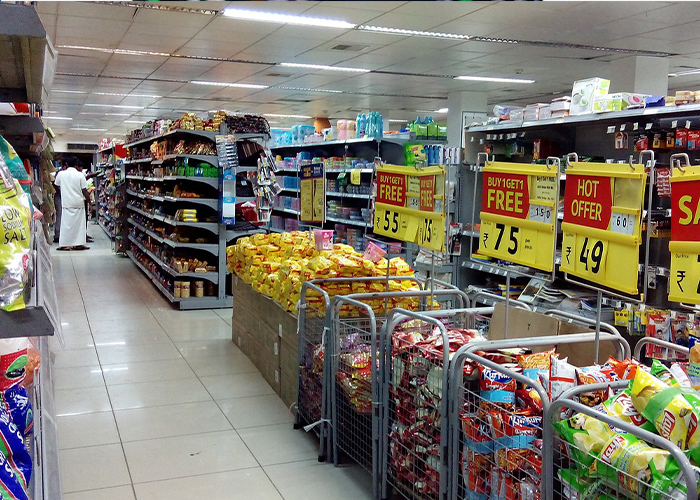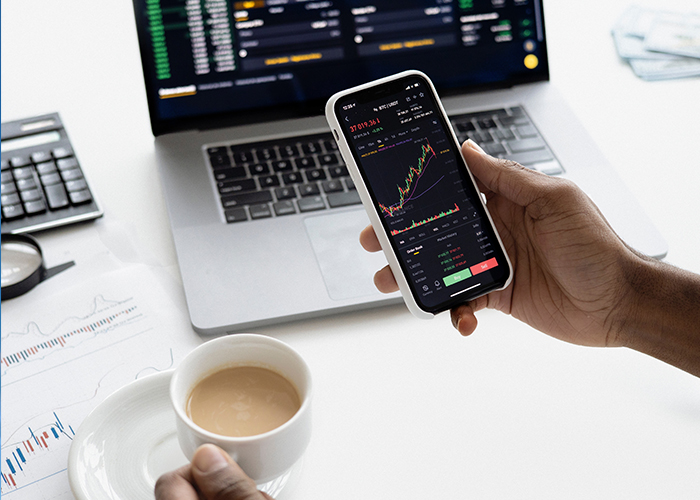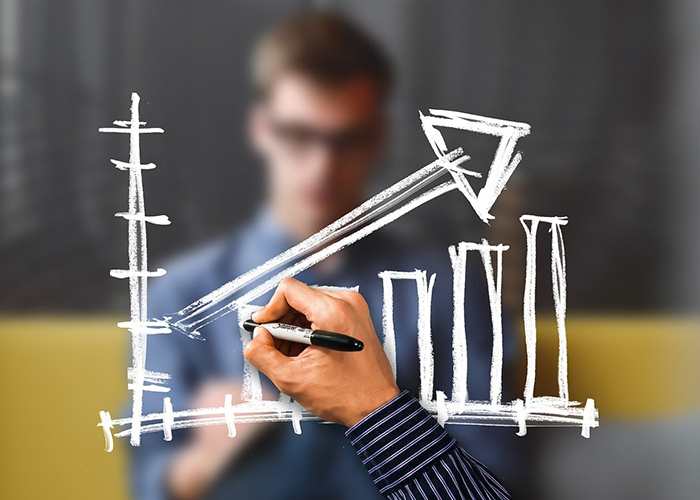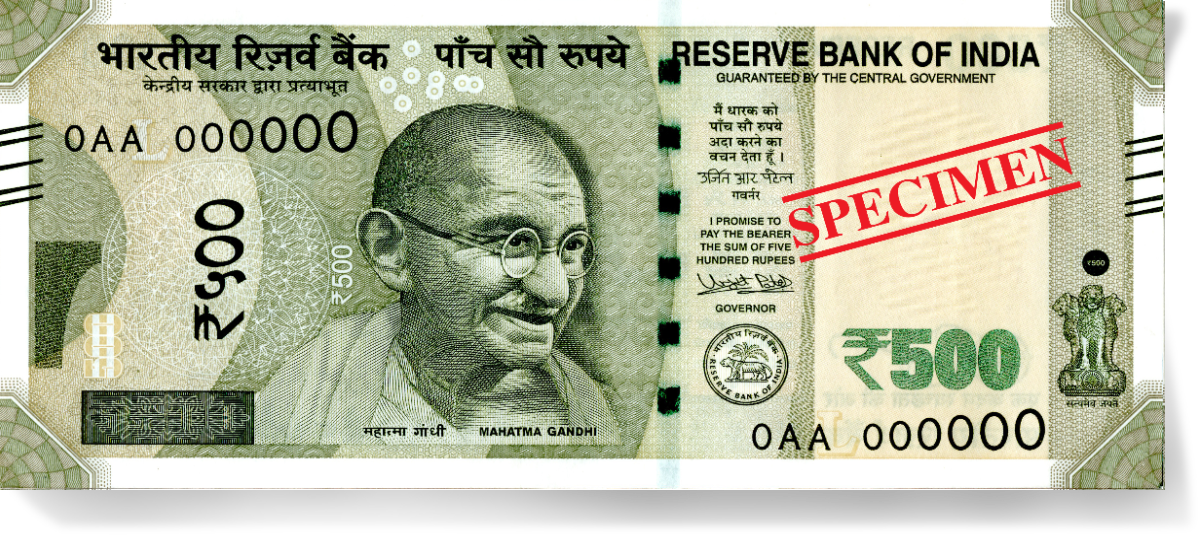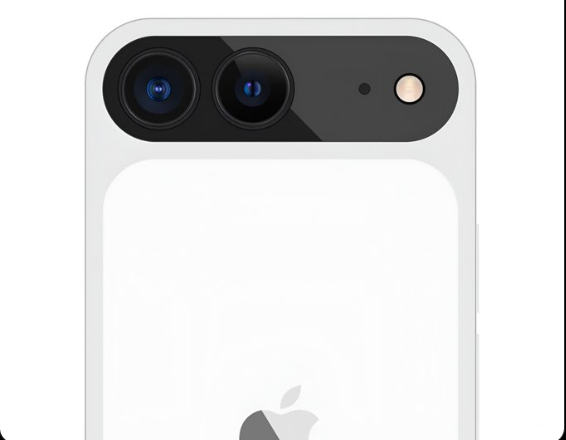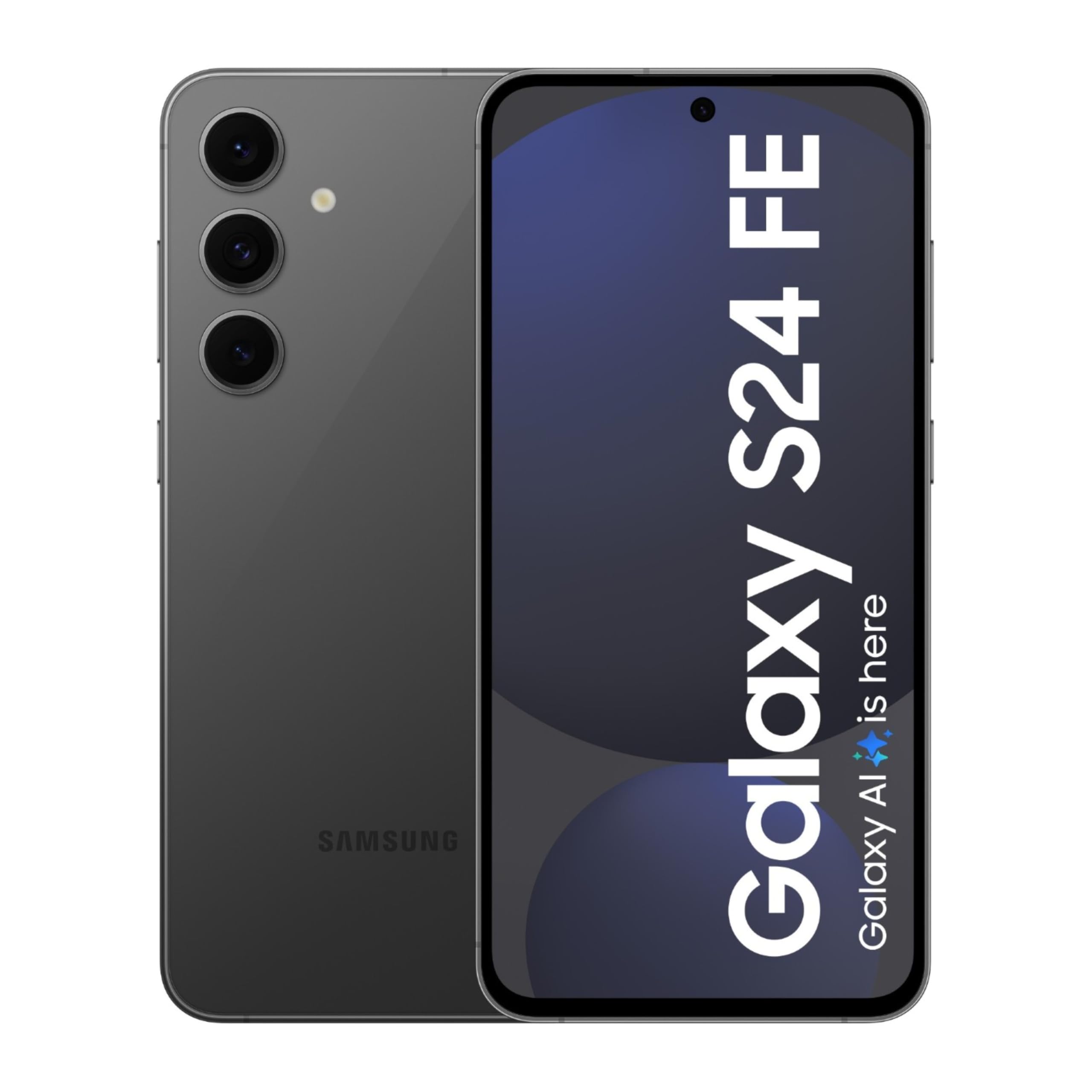Huge Trends In Digital Twins: The Next Big Thing in Tech
Digital twins are a powerful new technology that has the potential to revolutionize many industries.
- By providing a way to simulate the behavior of physical objects and systems, digital twins can help us to make better decisions, improve efficiency, and reduce costs
- Benefits of digital twins, Future of digital twins, Applications of digital twins
digital twin, virtual representation, physical
Huge Trends In Digital Twins: The Next Big Thing in Tech
Digital twins: A new era of simulation and optimization
Overview
A digital twin is a virtual representation of a physical object or system. It is created using data from sensors and other sources to create a model that can be used to simulate the behavior of the real-world thing. Digital twins are used in a variety of industries, including manufacturing, healthcare, and transportation.
Digital twins are still a relatively new technology, but they have the potential to revolutionize many industries. By providing a way to simulate the behavior of physical objects and systems, digital twins can help us to make better decisions, improve efficiency, and reduce costs.
What is a digital twin?
A digital twin is a virtual representation of a physical object or system. It is created using data from sensors and other sources to create a model that can be used to simulate the behavior of the real-world thing.
Digital twins can be simple or complex. A simple digital twin might be a model of a single machine or component. A complex digital twin might be a model of an entire factory or even a city.
How is a digital twin created?
To create a digital twin, you need to collect data from the physical object or system. This data can come from a variety of sources, such as sensors, cameras, and historical records.
Once you have collected the data, you need to use it to create a model of the physical object or system. This model can be created using a variety of software tools.
Once the model is created, you can use it to simulate the behavior of the real-world thing. You can use the model to test different scenarios and see how the physical object or system will respond.
Benefits of digital twins
Digital twins offer a number of benefits, including:
- Improved decision-making: Digital twins can help you to make better decisions by providing you with a way to simulate the behavior of physical objects and systems.
- Improved efficiency: Digital twins can help you to improve efficiency by helping you to identify and eliminate bottlenecks.
- Reduced costs: Digital twins can help you to reduce costs by helping you to avoid costly mistakes.
Applications of digital twins
Digital twins are used in a variety of industries, including:
- Manufacturing: Digital twins are used in manufacturing to optimize production lines, improve quality control, and predict maintenance needs.
- Healthcare: Digital twins are used in healthcare to develop personalized treatment plans, monitor patients' conditions, and train surgeons.
- Transportation: Digital twins are used in transportation to improve traffic flow, reduce congestion, and optimize fuel consumption.
- Buildings: Digital twins are used in buildings to improve energy efficiency, reduce operating costs, and optimize maintenance schedules.
- Cities: Digital twins are used in cities to plan for future growth, improve public services, and manage resources more effectively.
Examples of digital twins in use
Here are a few examples of how digital twins are being used today:
- Siemens is using digital twins to optimize its production lines. Siemens is using digital twins to simulate the behavior of its production lines and identify bottlenecks. This has helped Siemens to increase production by 10% and reduce costs by 5%.
- GE Healthcare is using digital twins to develop personalized treatment plans for cancer patients. GE Healthcare is using digital twins to create models of patients' tumors. These models are used to develop personalized treatment plans that are more effective and less harmful than traditional treatments.
- The city of Singapore is using a digital twin to plan for future growth. The city of Singapore is using a digital twin to simulate the impact of different urban planning decisions. This has helped the city to make better decisions about how to grow and develop.
Future of digital twins
The future of digital twins is very bright. As the technology continues to develop, we can expect to see digital twins used in even more ways. For example, we may see digital twins used to develop new products, design new cities, and even create new virtual worlds.
Digital twins have the potential to make a significant impact on our world. By providing us with a way to simulate the behavior of physical objects and systems, digital twins can help us to solve some of the world's most pressing problems, such as climate change and poverty.
Pointwise summary
- A digital twin is a virtual representation of a physical object or system.
- Digital twins are created using data from sensors and other sources to create a model that can be used to simulate the behavior of the real-world thing.
- Digital twins can be simple or complex.
- Digital twins are created by collecting data from the physical object or system
End of Conclusion
Digital twins are a powerful new technology that has the potential to revolutionize many industries. By providing a way to simulate the behavior of physical objects and systems, digital twins can help us to make better decisions, improve efficiency, and reduce costs
Writer
Devraj Gorai.
